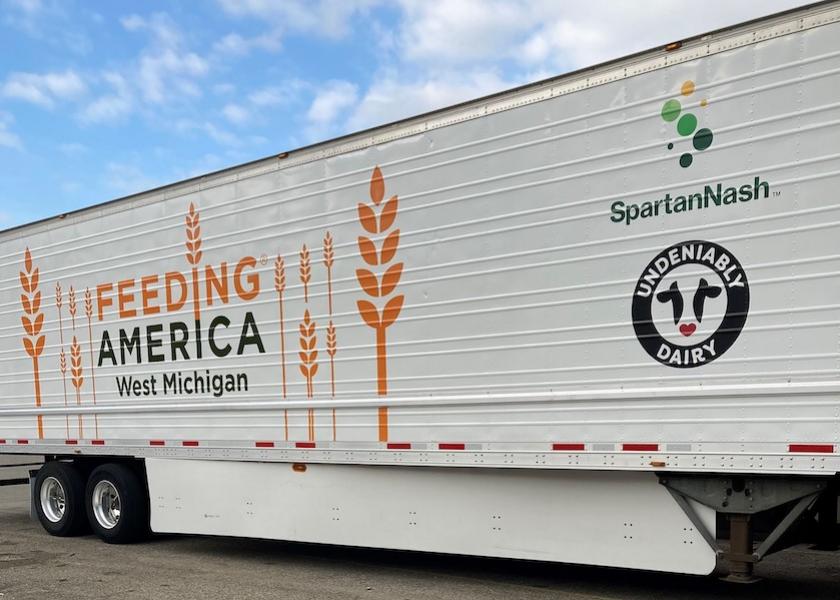A Season of Giving: Industry Provides 200,000 Meals to Support Hungry Families

A total of 200,000 meals for families facing hunger have been donated to Feeding America by the North American Meat Institute (NAMI) this holiday season through NAMI’s sponsors and the Protein PACT (People, Animals and Climate of Tomorrow).
Though the Protein PACT, NAMI has committed to working with the USDA and Feeding America to help measure and fill the “protein gap”—the difference between high-quality meat food banks and charities need and what they are able to safely receive, store and distribute—by 2025, the release explains.
“The Protein PACT represents our firm commitment to ensuring meat will sustain generations to come, including by acting urgently to meet the needs of families facing hunger now,” says Julie Anna Potts, NAMI president and CEO. “Meat Institute members are among the nation’s leaders in action to end hunger, and we will continue taking every step to support that mission.”
Additional Protein PACT partners’ contributions include:
• The American Feed Industry Association (AFIA) donated 5,000 additional meals to Feeding America
• The Beef Alliance and U.S. Roundtable for Sustainable Beef are involved in the non-profit Beef Sticks for Backpacks (BSFB). BSFB has provided over 1.25 million beef sticks to children facing hunger since 2019.
• The National Pork Board, on behalf of pig farmers, aims to double the industry’s national giving by 2030 to help feed more food insecure people and bolster the overall health of rural communities.
• The U.S. dairy sector increased dairy distributed in food banks by 50% from 2019 to 2021, and the Innovation Center for U.S. Dairy’s food security taskforce works to rally industry for an additional 50% increase by 2025—aiming to reach 1 billion pounds of dairy distributed.
In 2022, NAMI’s members have announced over $9 million in food security donations, including funds to build and expand infrastructure to safely store and package fresh meat.







